Victor Soltwisch
Invertible Neural Networks versus MCMC for Posterior Reconstruction in Grazing Incidence X-Ray Fluorescence
Feb 05, 2021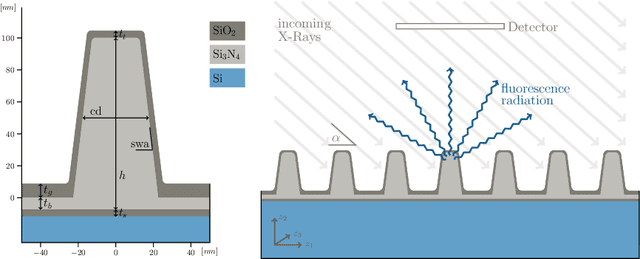

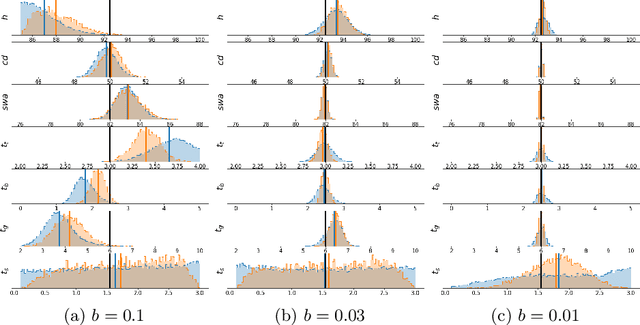
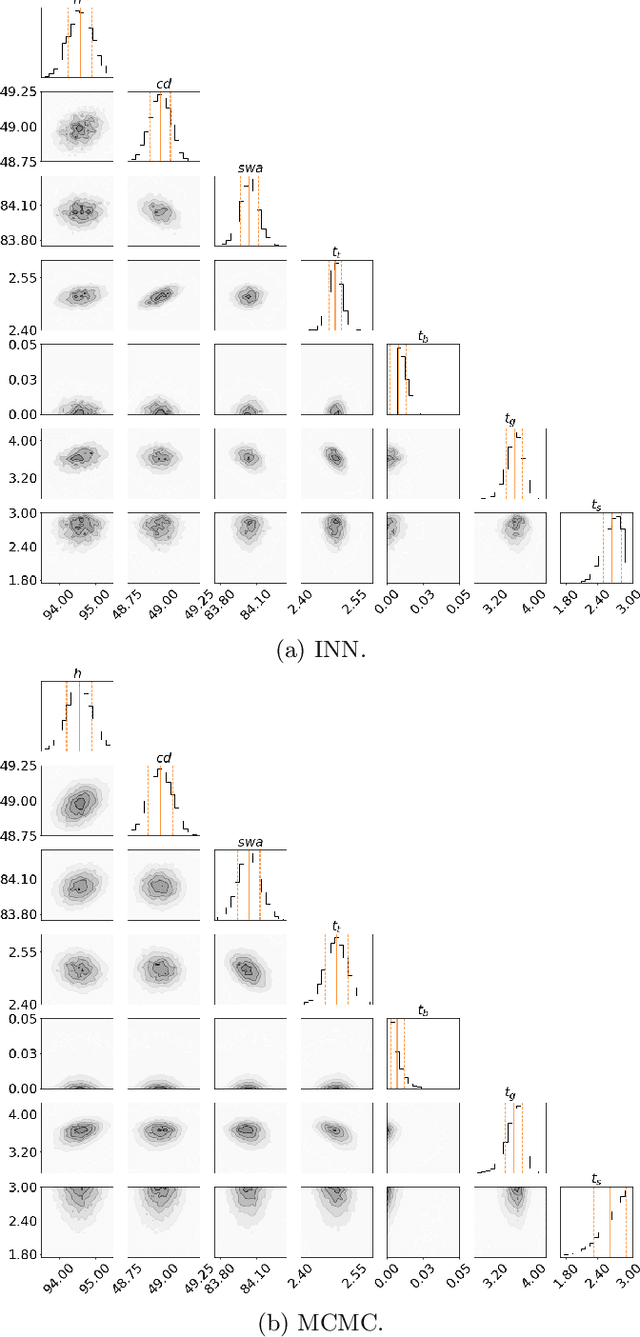
Abstract:Grazing incidence X-ray fluorescence is a non-destructive technique for analyzing the geometry and compositional parameters of nanostructures appearing e.g. in computer chips. In this paper, we propose to reconstruct the posterior parameter distribution given a noisy measurement generated by the forward model by an appropriately learned invertible neural network. This network resembles the transport map from a reference distribution to the posterior. We demonstrate by numerical comparisons that our method can compete with established Markov Chain Monte Carlo approaches, while being more efficient and flexible in applications.
Benchmarking five global optimization approaches for nano-optical shape optimization and parameter reconstruction
Sep 18, 2018
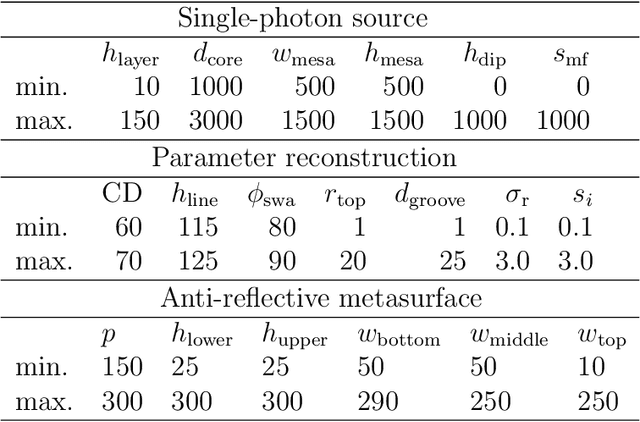
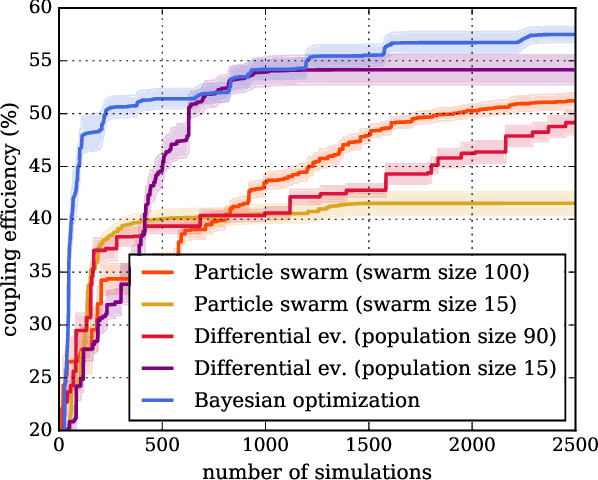
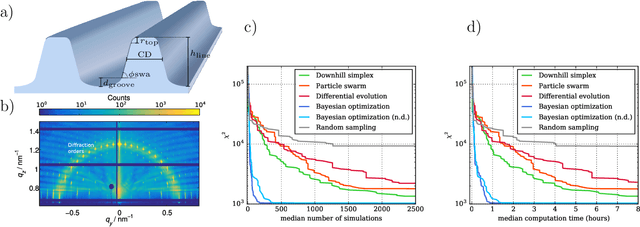
Abstract:Numerical optimization is an important tool in the field of computational physics in general and in nano-optics in specific. It has attracted attention with the increase in complexity of structures that can be realized with nowadays nano-fabrication technologies for which a rational design is no longer feasible. Also, numerical resources are available to enable the computational photonic material design and to identify structures that meet predefined optical properties for specific applications. However, the optimization objective function is in general non-convex and its computation remains resource demanding such that the right choice for the optimization method is crucial to obtain excellent results. Here, we benchmark five global optimization methods for three typical nano-optical optimization problems from the field of shape optimization and parameter reconstruction: downhill simplex optimization, the limited-memory Broyden-Fletcher-Goldfarb-Shanno (L-BFGS) algorithm, particle swarm optimization, differential evolution, and Bayesian optimization. In these examples, Bayesian optimization, mainly known from machine learning applications, obtains significantly better results in a fraction of the run times of the other optimization methods.
 Add to Chrome
Add to Chrome Add to Firefox
Add to Firefox Add to Edge
Add to Edge